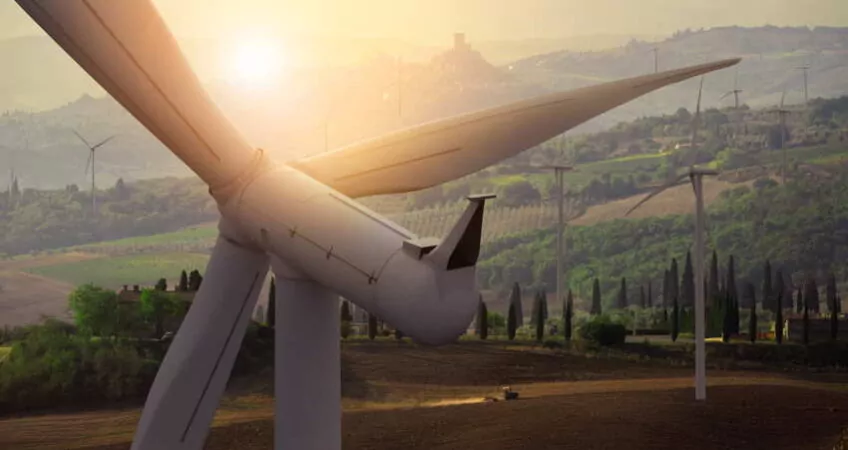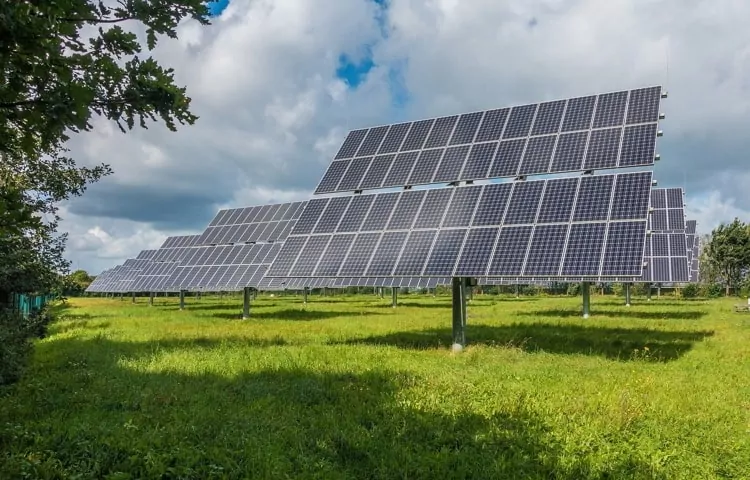
Now That The Stock Market Rebounded, Consider Investing In This Industry
How I Can Say With Confidence That The Worst Is Behind Us
When I say that the stock market’s worst days are behind us, most say I’m overly optimistic.
Why would I think that when we still don’t know how deep the 2020 recession will be nor how severe the final health care toll?
My answer is simple.
The nature of the stock market is forward-looking. It tells us what investors think “will” happen, not what “is” happening.
Meaning, the stock market will always crash well before a recession officially begins and turn around before it ends.
It’s important you keep that dynamic in mind if you want to perform well as a stock investor.
So, though we haven’t recovered from the coronavirus pandemic, it’s safe to assume that one year from today, this crisis will be dealt with.
That’s why I’m saying that the stock market’s worst days are behind us.
Don’t get me wrong. You don’t have to invest all your money today.
My prediction is that the stock market will be rangebound for the next three months—moving between 2,400 and 2,800 on the S&P 500—before it starts trending upwards in the latter part of the year.
So you still have time to buy quality stocks at bottom prices.
Nonetheless, it’s important you start shifting your attention to the next bull market and, more importantly, which industries are best positioned to thrive during that time.
It’s something I’ve been researching extensively over the last couple of weeks, and one of the sectors I’m most bullish on is green energy.
How To Use Politics To Your Advantage
To recognize why green energy has so much potential, you must first understand politicians and their agendas.
The politician’s primary goal is to implement changes.
Whether those changes benefit everyone or only the selected few depends on the politician and the level of corruption in his government.
Of course, the only way to implement the desired changes is to gain a position of power… which typically means winning elections.
To do that, a politician must promote policies that will resonate with the highest percentage of voters. This is tricky, as voters’ needs change all the time.
Furthermore, to stay in power—that is, to get reelected—the politicians must implement at least some of the promoted policies (it’s next to impossible to carry out all of them).
As an investor, this dynamic can play out in your favor, as long as you can determine what policies future voters will care about.
For example, the declining living standard in the United States, together with an aging population, means that future voters will care about affordable health care.
The problem here is that this is a highly politicized debate with strong arguments on both sides, making it a difficult investment proposition.
Fortunately, that’s not the only policy future voters will care about, and other issues voters will prioritize face significantly fewer obstacles.
One that I want to talk to you about today is green energy.
Shift To Green Energy Is Inevitable
You might find it surprising to hear that plenty of Republicans support green policies.
One reason is that rural Republican districts offer some of the best potential for harnessing solar and wind power.
By investing in renewables sources, Republican leaders in those districts can bring well-paying jobs to places where employment options are otherwise scarce. This can improve their chances of being reelected.
In addition, renewable projects can significantly increase tax revenues.
In Nolan County, Texas, for example, the tax base increased almost eight-fold since they started building wind farms. That money can then be invested into other projects to appease the voters.
Another reason investing in green energy is a safe bet is because policies don’t need to be decided at the federal level, as is the case with health care.
States and municipalities have the authority to decide green policies themselves.
If green energy is what the voters want, politicians wishing to get elected or to stay in power will seek to promote such policies.
Lastly, there’s the next generation of voters to consider—the Millennials.
Recent research by Yale University and George Mason University showed that Millennials are willing to spend twice as much on clean energy as their parents.
It makes sense. Pollution is a problem they’ve been hearing about since they first stepped foot into school.
Moreover, it’s Millennials and their kids who will suffer through the worst of the climate change consequences.
And it’s this combination of factors—bi-partisan support, the ability to implement policies on the local level, and the need to attract future voters—that will lead to a favorable regulatory environment for green energy solutions throughout the 2020s.
That is why I’m placing my bets in this industry as we move into the next bull market.
If you’re looking to invest in this sector as well, but are not familiar with individual companies, I suggest you consider doing it through an ETF, like, for example, the Invesco Global Clean Energy ETF (PBD).
I hold a handful of companies represented in that ETF.
Good investing,
Leon Wilfan




